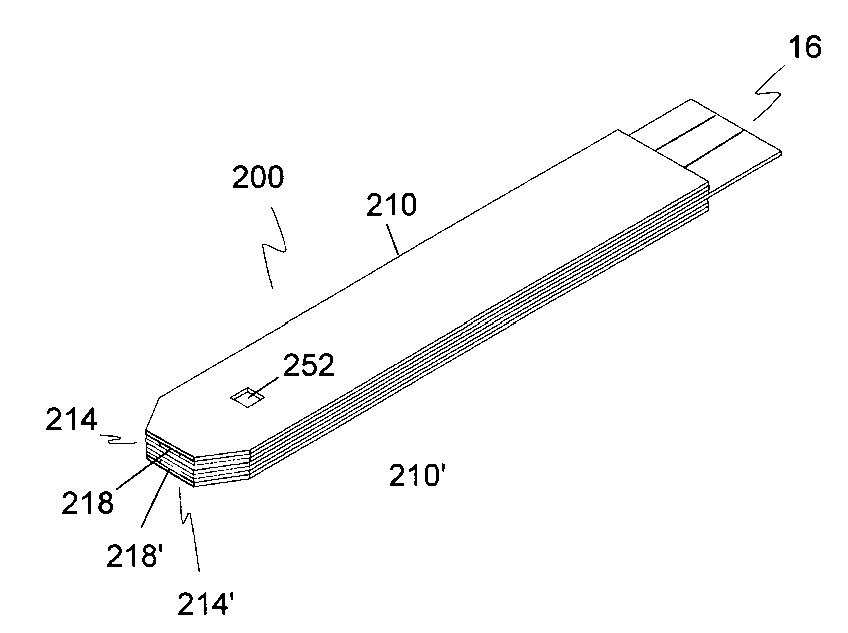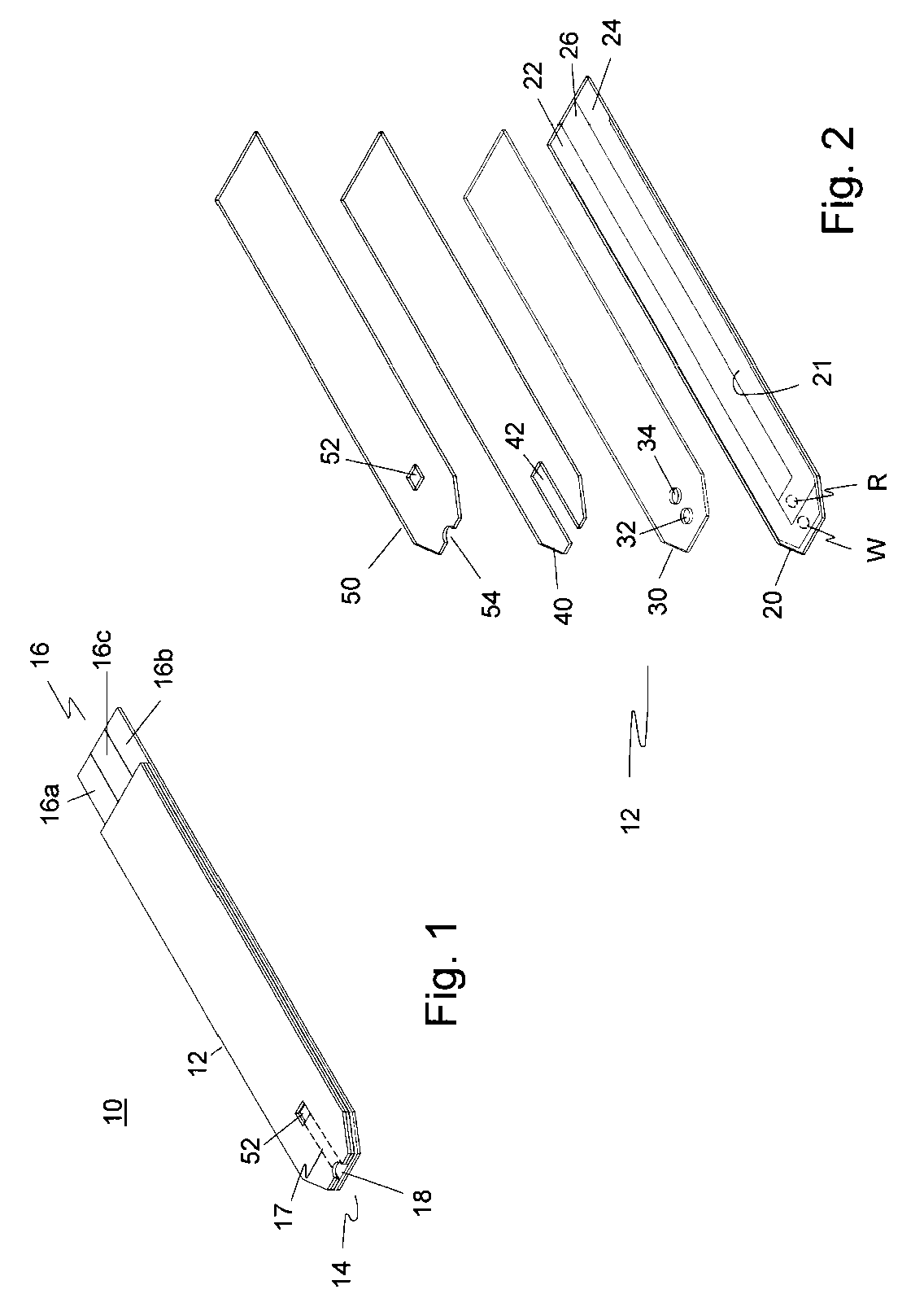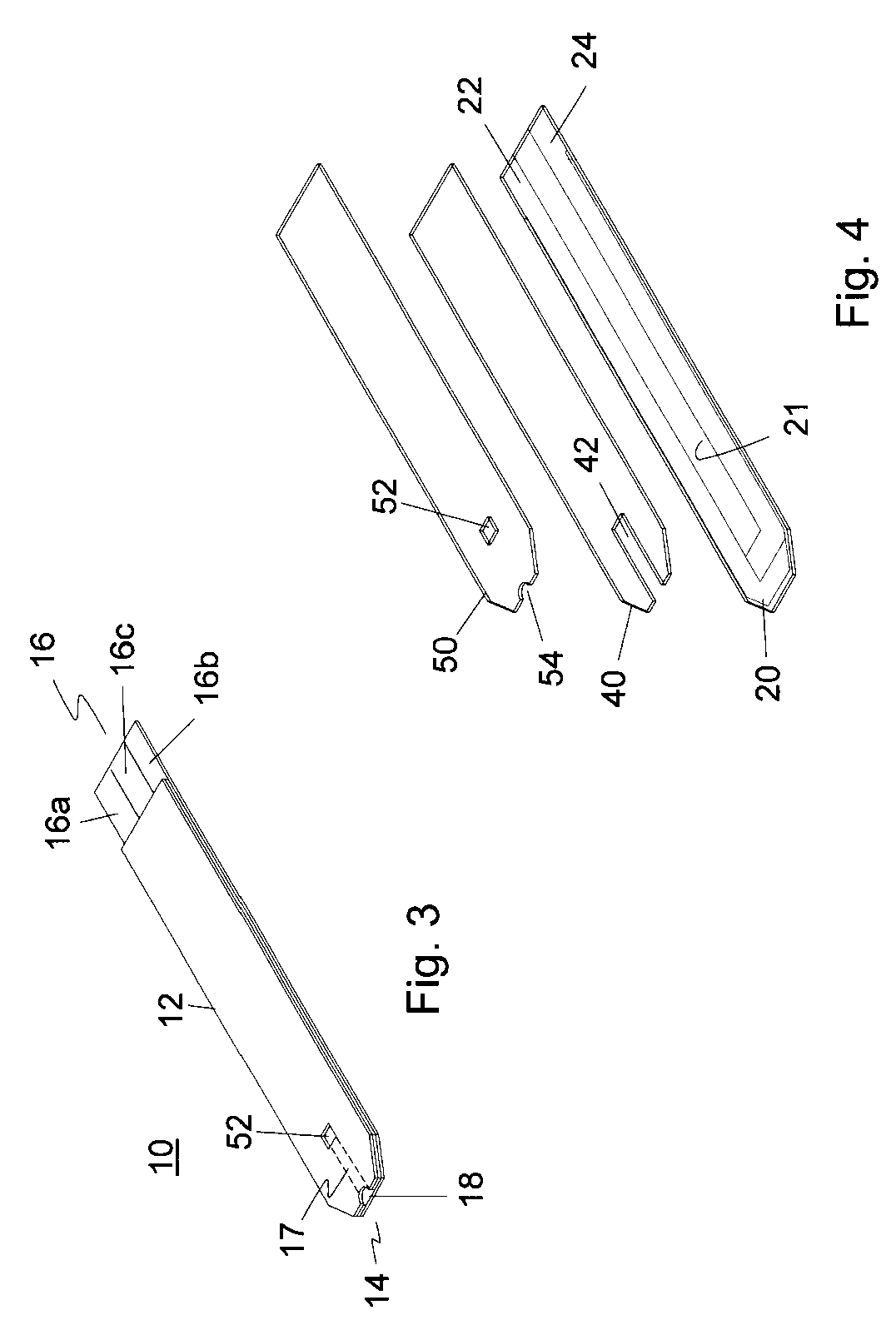Disposable oxygen sensor and method for correcting oxygen effect on oxidase-based analytical devices
a technology of oxidase and oxygen sensor, applied in the field of electrochemical sensors, can solve the problems of limiting oxygen in the enzymatic reaction, prone to inaccurate test, and oxidative mediator/oxidase-based biosensors, etc., to achieve high accuracy and precision, accurate measurement of dissolved oxygen, and easy manufacturing
- Summary
- Abstract
- Description
- Claims
- Application Information
AI Technical Summary
Benefits of technology
Problems solved by technology
Method used
Image
Examples
example 1
Demonstration of Determination of Oxygen Concentration
[0121]Blood samples with different oxygen concentrations and different glucose concentrations were tested with the oxygen sensors of the present invention in connection with the Electrochemical Analyzer (CH Instruments, Model 812, Austin, Tex., USA). FIG. 21 shows the measured current response in nanoamperes of the oxygen sensors of the present invention to varying oxygen concentrations in the blood samples at five glucose concentrations, respectively.
[0122]As seen from the graph, the sensors of the present invention respond to the oxygen concentration in the blood samples over a range of about 20 to about 120 mmHg. Note that the responses are also dependent on the glucose concentration. Generally, the oxygen concentration can be expressed as a function of the current response and the glucose concentration as:
pO2=f(i,c) (3)
[0123]Where i is the current in nanoamps[0124]c is the glucose concentration
[0125]The relationship among th...
example 2
Demonstration of the Correlation Between Oxygen Concentration and Oxygen Effect of Glucose Sensors
[0132]The glucose meter / strip produced by Nova Biomedical Corporation was used to study the oxygen effect. The oxygen concentration in the blood samples was varied from about 20 to about 120 mmHg at the glucose concentration of 63, 176, 322 mg / dL, respectively. The glucose concentrations of the same blood samples were also measured with the YSI glucose analyzer. FIG. 23 shows the change in the glucose readings with the glucose meter / strip against the YSI meter readings. As expected, the meter readings decrease with increasing the oxygen concentration. Note that such a change is also glucose-concentration dependent.
[0133]The change in glucose can be represented by a generic equation such as:
ΔGlucose (mg / dL)=(aC2+bC+k5)pO2+D (8)
[0134]Where a, b, k5 and D are constants at given conditions.
[0135]At a given glucose concentration, the glucose correction factor (vs. YSI reading) displays a li...
example 3
Demonstration of the Correction of the Oxygen Effect
[0138]Once the oxygen concentration, pO2, and the correlation between oxygen concentration and oxygen effect of the particular glucose sensors used are known, the oxygen effect can be corrected using the glucose correction factor (Eq. (9)) to the meter readings. The blood samples of three glucose concentrations were tested by varying the oxygen concentration from about 20 to about 120 mmHg. The results are shown in FIGS. 24-26. Curves A and B indicate the results before and after the oxygen effect correction, respectively. It is clear from the data that the correction of the oxygen effect in the present invention eliminates the interference caused by varying oxygen concentrations.
PUM
| Property | Measurement | Unit |
|---|---|---|
| pressure | aaaaa | aaaaa |
| pressure | aaaaa | aaaaa |
| pressure | aaaaa | aaaaa |
Abstract
Description
Claims
Application Information
 Login to View More
Login to View More - R&D
- Intellectual Property
- Life Sciences
- Materials
- Tech Scout
- Unparalleled Data Quality
- Higher Quality Content
- 60% Fewer Hallucinations
Browse by: Latest US Patents, China's latest patents, Technical Efficacy Thesaurus, Application Domain, Technology Topic, Popular Technical Reports.
© 2025 PatSnap. All rights reserved.Legal|Privacy policy|Modern Slavery Act Transparency Statement|Sitemap|About US| Contact US: help@patsnap.com



